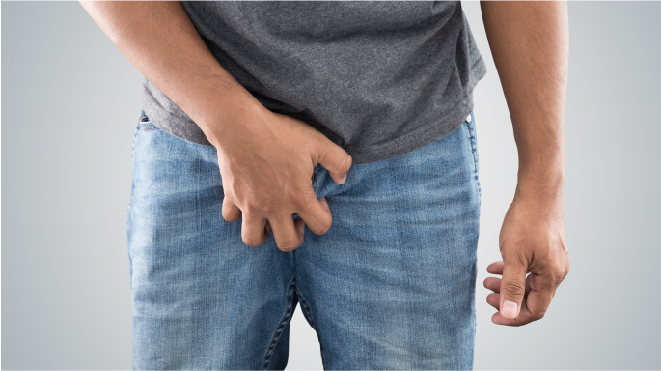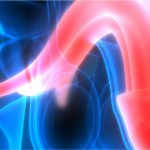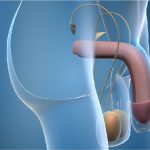Testicular cancer is one of the types that can be diagnosed in the early stages. Read more about testicular cancer here. The most common symptoms are lumps on the testicles and swollen or enlarged testicles. The cancer rarely shows other symptoms, and for which the patients seek medical attention, whereas in most cases the cancer does not cause any symptoms until advanced stages. To detect testicular cancer in early stages, examining testicles must be included in a routine checkup.
Men have to be aware of the symptoms of testicular cancer and seek medical help on identifying any of them. Learn more about symptoms of testicular cancer.
Risk factors:
Men with the following the risk factors have to be extra careful about checking their testicles if they are inclined to any of the following risk factors, a few important ones are mentioned below:
Undescended testicle:
This a condition where one or both testicles fail to travel from the abdomen to the scrotum before birth. Men with this condition are more likely to develop testicular cancer than the ones with descended testicles, so this condition can be considered a warning sign for testicular cancer.
Previous germ cell tumours:
Men who have germ cell tumours, or have been treated with them are at a higher risk of developing testicular cancer.
Family history:
Testicular cancer can be inherited from a father or brother having it, or it at least increases the risk of occurrence.
HIV infections:
Men who have been infected with HIV, especially AIDS are at a higher risk of developing testicular cancer.
Men with any of the the above symptoms or risk factors must have their testicles checked by a doctor frequently. People can also examine their testicles by themselves. This does not show accurate results always, but helps in identifying any abnormalities which will make them seek medical attention.
Self-examination:
Self-examination of testicles is one way of detecting testicular cancer in the early stages. Post puberty, all men are recommended to examine their testicles regularly. Self examinations are not always accurate for everybody but it might help those who have the risk factors of testicular cancer. However, it always safe to get the testicles checked by doctors every once in a while. Testicles are to be examined when the skin of the scrotum is relaxed, preferably during or after a shower.
Following are the steps of how to self examine your testicles:
- The penis has to be held out and each testicle has to be examined separately.
- Roll your testicles gently between your fingers.
- Observe and feel for lumps or nodules or any changes in shape, size or consistency of the testicles.
- On seeing any abnormalities, consult a doctor immediately.
Men who self examine their testicles need to have knowledge of the following:
- Slight difference in size of the testicles is normal.
- It is also normal for one of the testicles be hanging longer than the other.
- They should also know the difference between an abnormal lump and a epididymis, which is a small bump on the upper or middle outer side of the testis.
On regular examination of testicles, men will be familiar with the difference between normalities and abnormalities. However on seeing any any early signs of testicular cancer, a doctor is to be consulted immediately. You can read more about the diagnosis of testicular cancer here.




